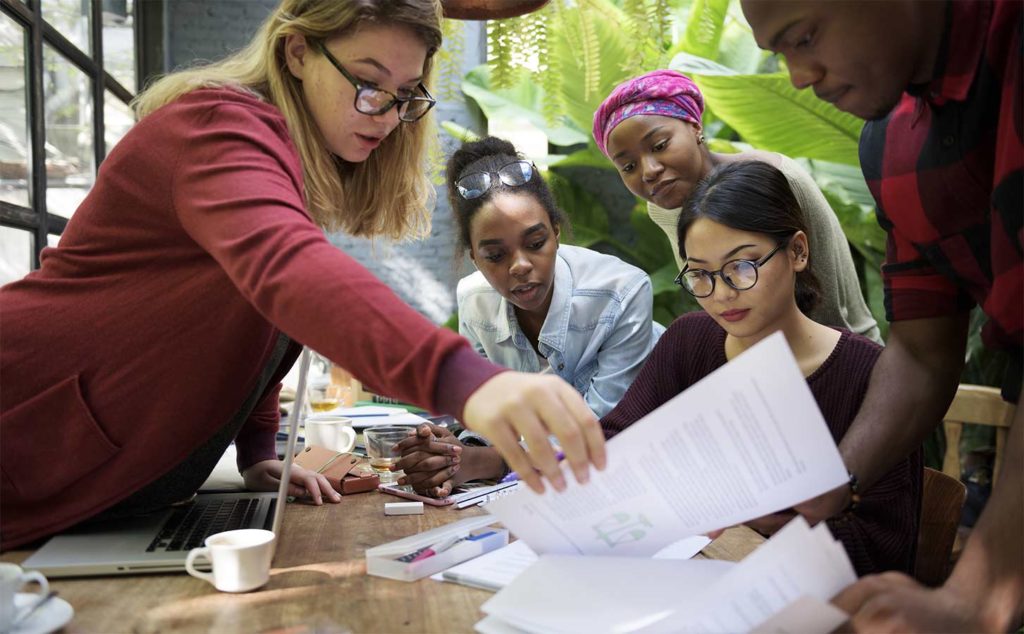Disaster can strike at any time. My family and I live in Utah—a beautiful state, but it rests on a pretty active fault line. This means that earthquakes are a big danger. Last year, a 5.7 earthquake hit Utah. Thankfully, no one in our home was hurt. Other than a tipped-over bookcase, our home didn’t suffer any serious damages.

But that experience left me pretty shaken. What if some other natural disaster happened and we weren’t as prepared? Natural disasters can strike at any time. You need to make sure your family has a plan in place well before anything bad happens. The types of disasters you need to be prepared for depends a lot on where you live. But here’s a good starting point on what you should do to keep your family safe should a natural disaster strike.
Before Disaster Strikes
You should research what types of natural disasters you’ll most likely face where you live:
Earthquakes
-
Most natural disasters can usually be anticipated with a certain level of accuracy. Earthquakes, however, can happen at any time. Earthquakes usually occur in areas that are on the edges of tectonic plates. Since those are moving all the time, big shifts in those plates can cause earthquakes on the surface. If you live near a big mountain range, there’s a good chance there is a lot of earthquake activity.
Hurricanes
-
If you live on the east coast or gulf coast of the United States, hurricanes are a common occurrence. During specific times of the year they be extremely dangerous. The high-velocity wind and water danger can make staying in your home more dangerous than evacuating to a safer area.
Tornados
-
Tornados can happen anywhere. In the U.S., they are common in the Great Plains. Depending on the strength and size of the tornado, you could either evacuate out of its path, or you can stay in your home. This should only be the case if it’s been fortified enough to safely withstand the tornado.
Floods
-
Even a small flood with a few inches of water can be life-threatening and should be taken seriously. Floods can happen anywhere that gets large amounts of rain. But anyone who lives in a low-elevation area should be prepared for the risk. There’s not much you can do to prevent flood damage. But you should research ways to minimize the damage to your possessions and family.
Wildfires
-
Wildfires can happen anywhere, but forested areas with little rain like particularly vulnerable. Depending on your proximity to the wildfire and how controlled it is, you will most likely need an evacuation plan. This includes where to go and what to take in case the fire destroys your home.
Baseline Saftey
It is best to have a disaster supply kit ready for every member of your family in case you need to pack up and leave for a safer location. Your disaster kit should include supplies for at least three days. Emergency food and water, extra cash, radio and extra batteries, flashlights, necessary medication and first aid supplies, warm clothing, and important documents like passports should be included. If possible, create multiple disaster kits. One to leave at your work, in your car, and in your home in case a disaster strikes and you can’t get home.
Make sure everyone in your family knows what the disaster plan is. Your plan should include a meeting spot that everyone should go to. It should cover exits within your home and the location of your emergency supplies.
During a Natural Disaster
When the actual natural disaster is happening, you most likely won’t have time to think about what the best course of action is. This is why planning what you need to do beforehand is so important. The local authorities should tell you whether you should evacuate or stay in your home. If you need to evacuate to a safer location, go to the evacuation route recommended by the authorities. If you need to stay inside, head to the most secure part of your home.
You should also listen for important updates or instructions from your local authorities. Most likely, the power will be out, so having a portable radio (with extra batteries) is crucial.
After The Disaster Ends
If you’re coming back home after the natural disaster subsides or moves on, you still need to be careful. There might be structural damage, fallen wires, or hidden dangers in your home you can’t see yet. You should only return home after officials give you permission that the danger has passed. If you or your family has experienced any injuries, treat those first.
Chances are, most disaster relief teams, emergency rooms, and home professionals like plumbers and electrical teams will be overwhelmed after the natural disaster subsides. Your first aid kit and home toolbox should have the necessary supplies to take care of any immediate issues.
It’s probably going to take a while before your home and community recover from a natural disaster. It could even affect how safe your family feels in your own home. Both physical and emotional recovery takes time. But if you’ve prepared well enough and kept your wits about you during the natural disaster, you should be thankful you and your family came out the other side safe and sound.
